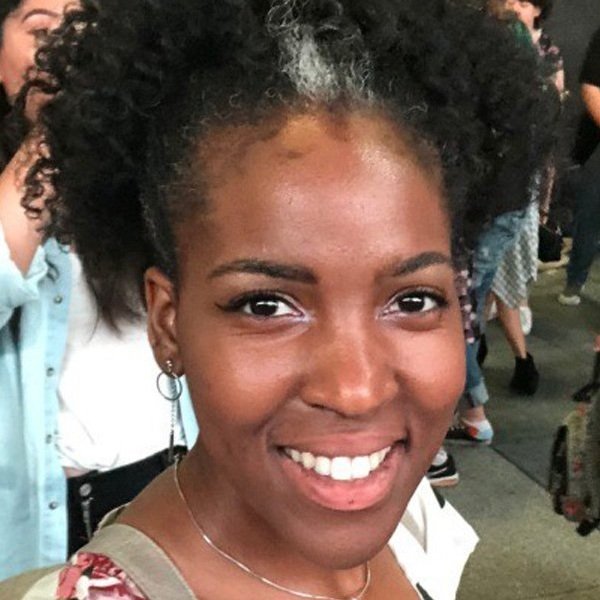Mapping Our Roots: Little Bronze Tokyo
Contributed by Nyke Parham
LA—the “global metropolis.” Home to people of many different racial and ethnic backgrounds. However, although Calif. had entered the Union (US) as a free state, many still attempted to create an “Anglo paradise” due to the Gold Rush, an agricultural boom, and a location close to the sea. Many pushed “efforts to subordinate Mexicans, exclude Chinese, and prohibit blacks,” which resulted in various genocides, uprisings, and policies in SoCal. Despite the segregationist housing, discriminatory job market, and targeted violence, LA still proved itself to be a place filled with the promise of higher wages and homeownership. Many parts of LA had become enclaves and hubs of businesses, landownership, art, and activism.
It was an executive order. The war that the US had once claimed neutrality in had touched the homeland and exacerbated tensions both subtly held and overt. Following the tragedy at Pearl Harbor, President Franklin Roosevelt signed Executive Order 9066 on February 19, 1942, which authorized the forced removal of all people deemed a “threat to national security” from the West Coast to internment camps further inland. While the order affected Italian and German Americans as well, the target of such an order was those of Japanese descent—regardless of American citizenship status or years of residence. Japantowns up and down the West Coast became ghost towns. One of these towns was Little Tokyo.
During this war period, many people continued to flock to Los Angeles to fulfill their dreams. The migration patterns brought many ethnic minorities to the city and, due to housing restrictions, lived and worked closely together. After Japanese residents were evicted from their homes by the military, the influx of new residents still had no place to reside except in places where building owners had many vacant properties to fill. Many African Americans from the Deep South created a home in Little Tokyo and by October 1943 African American businessmen created the Bronzeville Chamber of Commerce. Since housing was still scarce for non-whites who were restricted from the suburbs, Bronzeville, unfortunately, became subject to overcrowding and other slum-like conditions. Even so, Bronzeville and nearby Central Ave became a bustling hub of artistic creations. “Breakfast clubs,” or nightclubs that stayed open until the night turned into breakfast time, were filled with jazz and blues. War workers now had more disposable income and they spent it how they desired.
During the 1945 transition, as Japanese Americans returned to Bronzeville/Little Tokyo, African Americans left the central area due to buy out, leases not renewed, and in some cases, lawsuits. Not all African Americans left the area, and even with some racial tension, there was much collaboration that had continued throughout the interwar period and beyond. Organizations like the Nisei Progressives helped African Americans find housing and African American attorney and chair of the California Race Relations Commission Hugh MacBeth argued the case of People vs. Oyama after being the chief voice exposing the injustice against West Coast Japanese Americans. Although Bronzeville is no longer physically present in Little Tokyo, historian Martha Nakagawa continues to highlight this piece of longforgotten LA history.
Nyke is a native Angelino TEFL instructor, independent AfroAsian scholar, and student of Korean culture and language. Currently she shares her research on my2baek1.com, educating the masses about Blasian identity, AfroAsian history, solidarity, and culture through pop culture references



